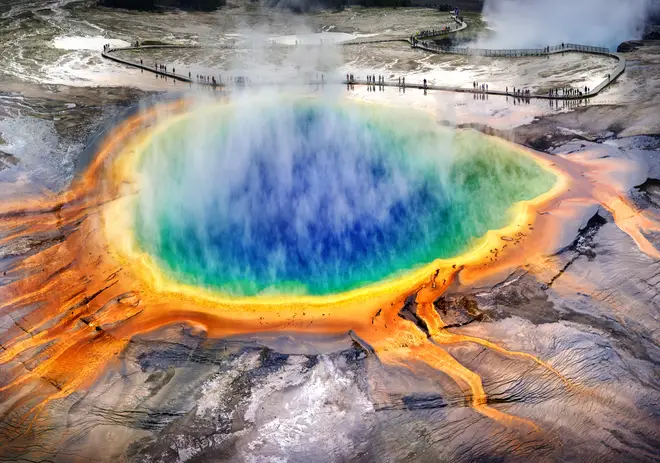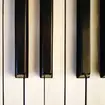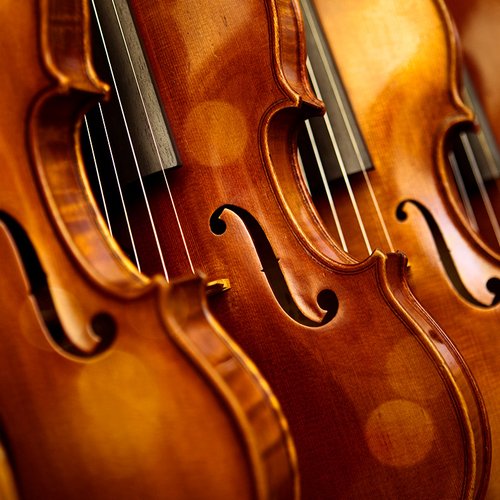Scientist transforms volcanic vibrations at Yellowstone park into a hypnotic flute solo
7 June 2023, 18:28 | Updated: 7 June 2023, 18:37

Flutist turns Yellowstone seismic activity into flute solo
Seismic activity recorded at Yellowstone National Park has been turned into a sublime flute solo, revealing the sound of inner Earth.
A piece of music has been composed using data collected from volcanic vibrations at Yellowstone National Park, and performed in real time as a sublime flute solo, in an incredible meeting of music and science.
It’s all the work of scientist and musician Dr Domenico Vicinanza, who developed a programme to decode the data into music, and Dr Alyssa Schwartz, who performed the meditative and unexpectedly beautiful melody on the flute.
In many ways, Yellowstone is the perfect location for scientific and musical study.
Beneath the park, lies a hotbed of geological and geothermal activity, manifesting on the surface in, among other things, a ‘supervolcano’. Also known as the Yellowstone Caldera, this is the largest volcanic system in North America, with a magma chamber nearly 40 miles long, and half as wide.
With so much molten rock bubbling beneath the earth’s surface, Yellowstone becomes an area more highly susceptible to earth tremors, with thousands of small earthquakes occurring annually.
The park is also home to more than half of the world’s geysers, pockets of underground water that become superheated and pressurised by close contact with hot rocks, and burst up to the surface in an often-picturesque spray of hot water and steam.
Read more: NASA releases eerie ‘singing’ from a black hole and it’s straight out of a horror movie

“Nearly 50 percent of the earthquakes occur in swarms that cluster together”, Vicinanza told The Guardian.
“So it’s a fantastic playground for any kind of scientist that is interested in seismology, geophysics, mechanics or, like me, data science and music, because it’s very unique.”
Read more: Listen to this eerie aeolian harp sculpture that sounds like a futuristic nightmare
Dr Vicinanza, who is a scientist at Anglia Ruskin University, used readings from a scientific instrument that detects and measures ground tremors, to develop a programme that decodes the seismic data into a musical work.
Where a seismogram would usually display the severity of the Earth’s vibrations in peaks and troughs on a graph, Vicinanza’s programme translates the ups and downs of seismic activity into musical pitch.
The greater the oscillation picked up by the seismograph machine, the greater the variation in pitch.
Read more: NASA releases the breathtakingly beautiful sound of the Butterfly Nebula

The resulting melody was performed live on the flute, by Dr Schwartz at a conference in Atlanta.
Vicinanza told the Washington Post: “By listening to the sound, you can actually have a mental image of what’s happening there... You can feel how regular or irregular, how smooth and quiet – or how absolutely dramatic.”
He also pointed out that Schwartz’s contribution to the performance could not be underestimated. Ahead of the conference he said: “This is a technology enabled art performance. [Schwartz] will be able to highlight what she will think at that moment is the most relevant thing.”
In an interview with NPR, Schwartz agreed, saying, “This was a whole new type of artistry, actually.
“I’ve never been in another situation where I was asked to sight read and then also add my own flair on the spot. So it was a very unique experience.”

























